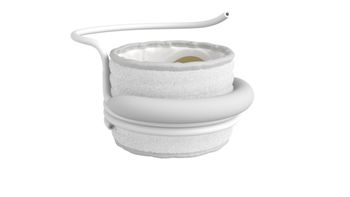
Are scribes the answer to physicians’ documentation woes?
New study casts doubt on whether scribes ease doctors’ paperwork burden
A study published as a research letter in JAMA examines how scribe use affected medical record closure times—a standard measure of
The authors used the metrics to conduct three sets of analyses. First, they compared outcome differences between doctors who never used scribes with those who started out not using scribes but then began using them. Second, they compared the performances of scribe users before and after they were assigned a scribe. Third, among doctors who had scribes assigned to them, they looked at performance differences between scribed and non-scribed patient encounters.
The results revealed worse outcomes when scribes were used for every analysis set and every metric. The medical record closure time among doctors using scribes was .69 days versus .14 days for doctors not using scribes. The proportions of delinquent medical records for the two groups were 11.8% and 2.6%, respectively, while proportions of records closed after hours were 28% and 17.4%. Similar performance differences emerged among doctors pre- and post-scribe assignment and scribed and non-scribed patient encounters.
The authors attribute the lack of improved performance among scribe users to the time spent proofreading the scribe’s notes for any documentation errors before closing the record on the visit. Having to do this, they say, “could subsequently increase documentation burden and mitigate potential benefits to scribe use.”
The research letter, “Medical Record Closure Practices of Physicians Before and After the Use of Medical Scribes,” was published online September 1.
Newsletter
Stay informed and empowered with Medical Economics enewsletter, delivering expert insights, financial strategies, practice management tips and technology trends — tailored for today’s physicians.








